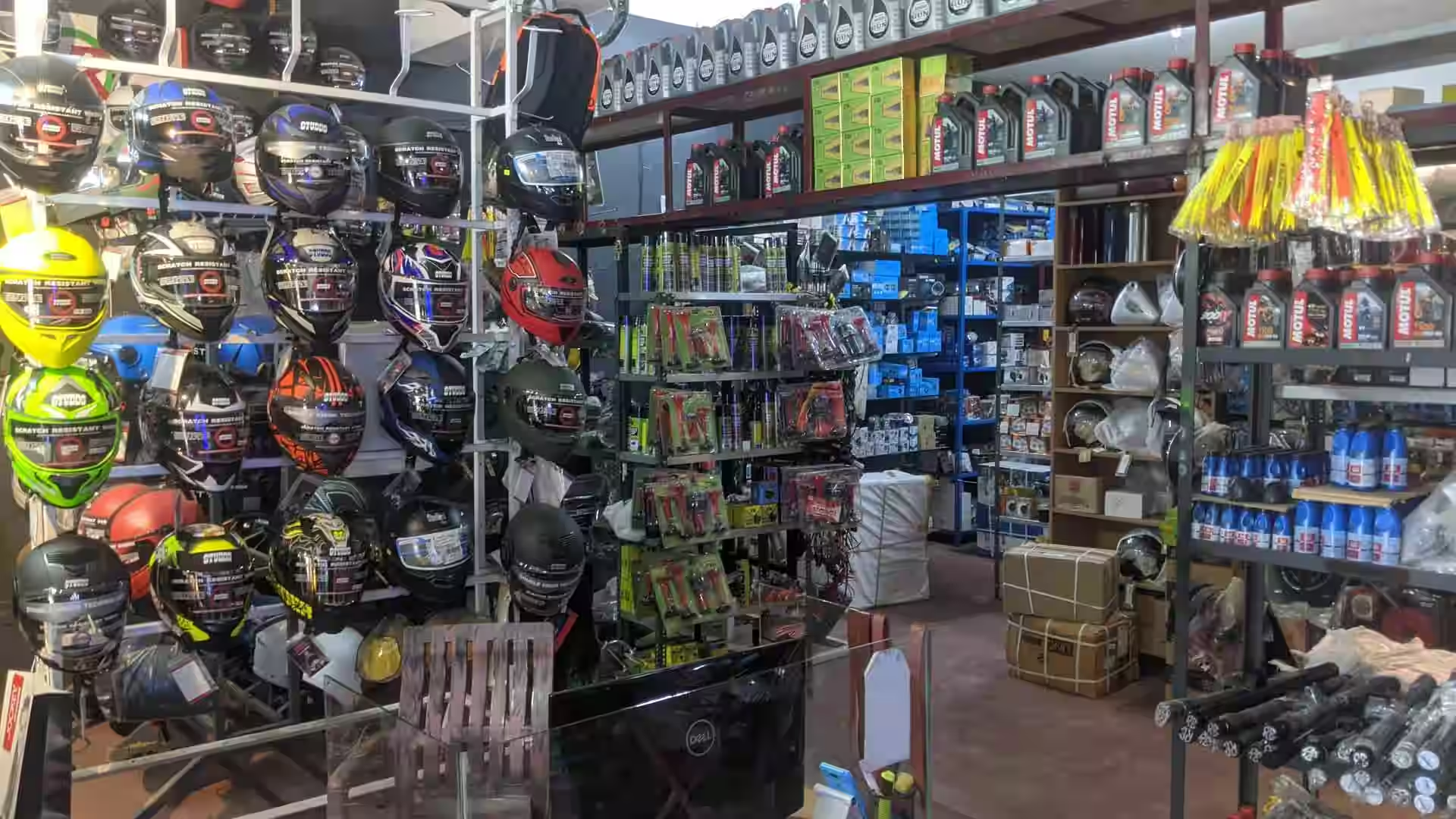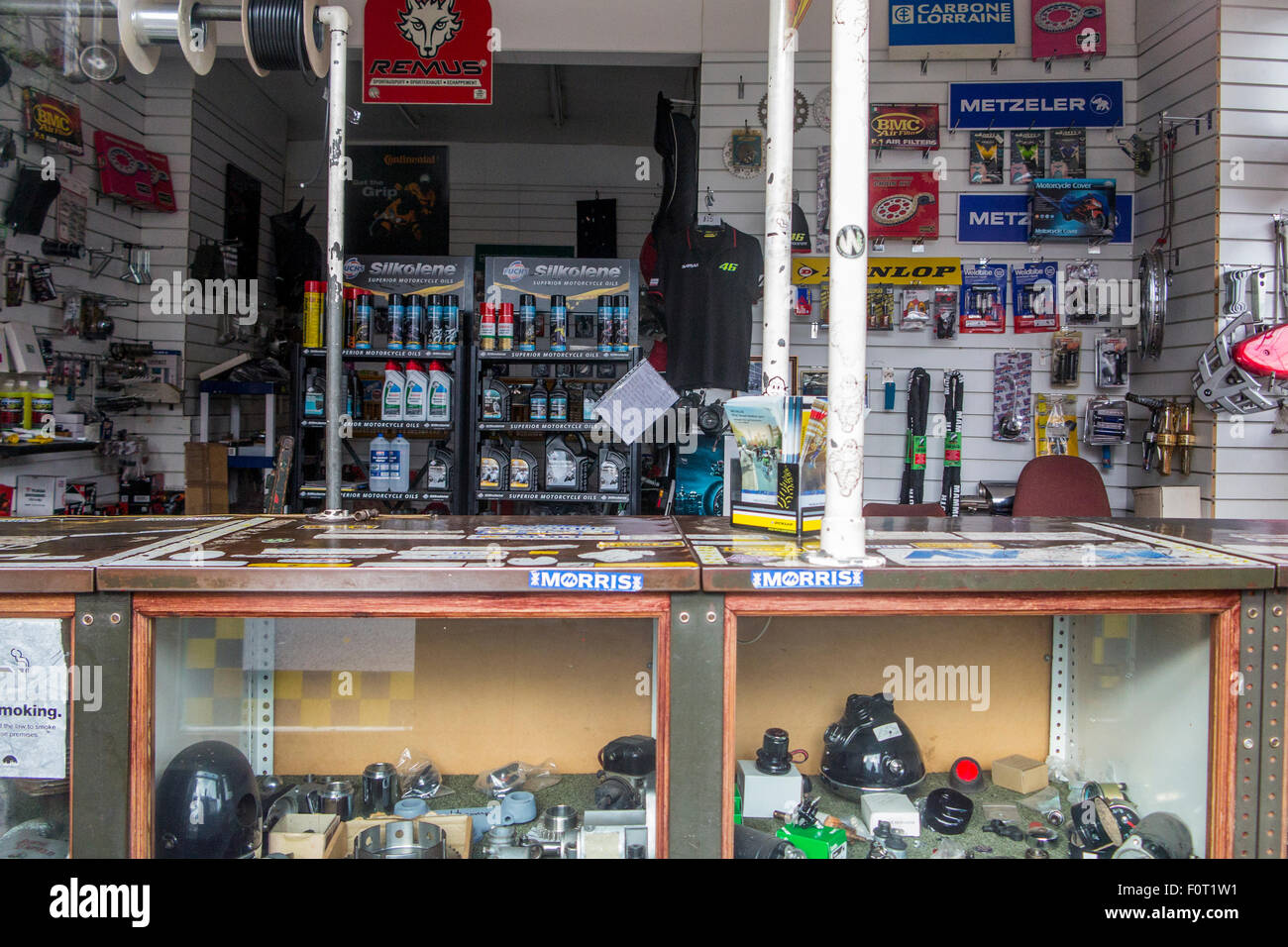Visit Our Motorcycle Shop for Expert Advice and Top Quality Products
Visit Our Motorcycle Shop for Expert Advice and Top Quality Products
Blog Article
Understanding the Crucial Parts of a Bike: A Comprehensive Overview for Lovers
For motorbike fanatics looking to raise their riding experience and ensure their bikes run smoothly, recognizing the vital elements of a motorbike is vital. Each component, from the engine's complex operations to the crucial role of the stopping systems, not just influences efficiency but additionally safety and security and comfort.
Engine Elements

The camshaft plays a vital role in managing the timing of the engine's shutoffs, ensuring the accurate opening and closing required for effective fuel and air consumption, in addition to exhaust expulsion. This timing is critical to preserving optimum engine efficiency and efficiency. Furthermore, the carburetor or gas shot system, depending on the motorcycle design, is in charge of blending air with fuel in the proper ratio for combustion.
The air conditioning system, either air or liquid-based, functions to keep the engine's temperature level within operational limitations, avoiding overheating and ensuring longevity - motox parts nz. Each component, carefully developed and incorporated, contributes to the smooth operation of the engine, defining the bike's power result and overall efficiency
Transmission System
Indispensable to the bike's performance, the transmission system makes sure reliable power transfer from the engine to the wheels. This system comprises numerous crucial components, consisting of the clutch, transmission, and final drive, each playing a crucial duty in equating the engine's power into movement. The clutch, typically run by a hand bar, serves to engage and disengage the engine from the transmission, enabling smooth equipment adjustments and regulated acceleration.
The transmission, typically described as the transmission proper, includes a set of gears that motorcyclists can by hand move through to readjust the bike's rate and torque result. These gears are organized in a series that allows the motorcycle to increase efficiently and maintain ideal engine performance across various rates. Many bikes utilize a consecutive gearbox, needing the motorcyclist to shift equipments in an established order.
Braking Devices
While comprehending the transmission system is key to taking advantage of a bike's power, equally vital is the capacity to manage and stop that power properly, which is where braking devices enter into play. Brakes are vital for safety and performance, offering the motorcyclist with the necessary control to browse different surfaces and problems. Usually, bikes include two sorts of stopping systems: disc brakes and drum brakes.
Disc brakes are a lot more prevalent in modern bikes due to their remarkable efficiency. This system offers far better heat dissipation, consistent performance, and enhanced quiting power, specifically in damp problems.
Alternatively, drum brakes, though much less common, are still found in some motorcycles. They work by pushing brake footwear against the inner surface area of a drum affixed to the wheel. While generally much less efficient in heat dissipation and quiting power, drum brakes are simpler and much more economical.
Understanding these braking systems' nuances allows riders to maintain their motorcycles correctly and appreciate the design that makes certain efficient and risk-free stopping.
Suspension and Steering
Suspension and steering systems are crucial parts that substantially affect a motorbike's handling and trip comfort. The suspension system, containing forks at the front and shock absorbers at the rear, soaks up roadway irregularities, boosting stability and control. Front forks, upside down or typically telescopic, compress and rebound to mitigate influences, while rear shock absorbers maintain tire contact with get more the roadway, vital for traction and safety.
Steering, focused around the handlebars, links the cyclist to the bike's directional look these up control. The steering head bearings ensure smooth procedure, permitting specific ability to move. Appropriate alignment and maintenance of these bearings are important for predictable steering response and minimizing motorcyclist exhaustion.
The suspension's adjustability is an additional crucial aspect; preload, damping, and rebound setups permit personalization to match different riding designs and conditions. This flexibility is essential for enhancing efficiency, whether browsing metropolitan streets or dealing with rugged routes. Technologies like electronic shock absorber provide real-time modifications, improving ride quality throughout diverse terrains.

Electrical Equipments
After making sure a smooth and controlled experience through effective suspension and guiding systems, interest turns to the electrical systems, an essential aspect of contemporary motorcycles. These systems play a vital duty not only in starting the engine but also in powering numerous elements that enhance the capability and security of the bike.
At the heart of a motorcycle's electric system is the battery, which shops dirt bike parts electric energy necessary for starting the engine and powering complementary systems - motorcycle shop. The generator or generator, paired with the rectifier-regulator, ensures the battery stays billed while the motorcycle is in operation, converting power into electric power and preserving voltage degrees
The ignition system, another important element, is in charge of firing up the air-fuel mix in the engine's cyndrical tubes. Modern bikes typically utilize a digital ignition system, offering better efficiency and reliability compared to standard systems.
Illumination systems, consisting of headlights, tail lights, and indicators, are also vital, making sure exposure and safety for the motorcyclist. Added electronic parts such as sensors, control systems, and displays add to advanced functions like gas shot monitoring, anti-lock stopping systems (ABS), and digital control panels, even more boosting the riding experience.
Final Thought
An extensive comprehension of a bike's crucial parts, including the engine, transmission system, stopping systems, suspension, guiding, and electrical systems, is vital for fanatics aiming to maximize efficiency, convenience, and security. Mastery of these elements permits educated decisions relating to maintenance and upgrades, inevitably enhancing the riding experience. By integrating this expertise, motorcyclists can guarantee their motorcycles run at peak effectiveness and dependability, thereby maximizing both satisfaction and long life of their lorries.
For bike enthusiasts looking to elevate their riding experience and guarantee their bikes run efficiently, understanding the vital components of a bike is critical.Integral to the motorbike's functionality, the transmission system makes sure effective power transfer from the engine to the wheels.While understanding the transmission system is key to harnessing a motorcycle's power, similarly crucial is the ability to control and stop that power effectively, which is where braking systems come right into play. Usually, motorbikes include two kinds of stopping systems: disc brakes and drum brakes.
A complete understanding of a motorcycle's necessary parts, including the engine, transmission system, stopping mechanisms, suspension, steering, and electric systems, is vital for enthusiasts aiming to enhance safety, efficiency, and comfort.
Report this page